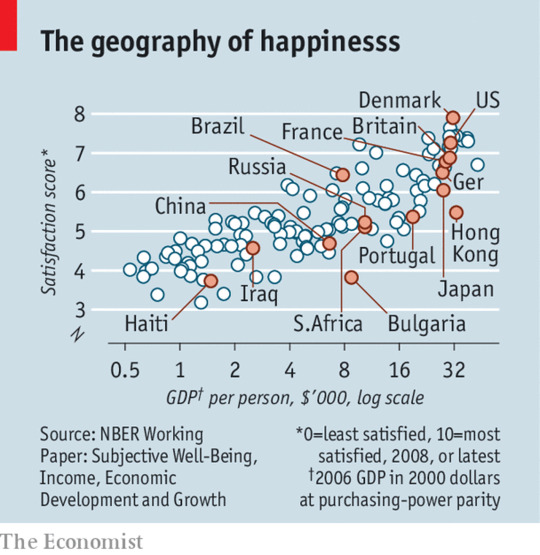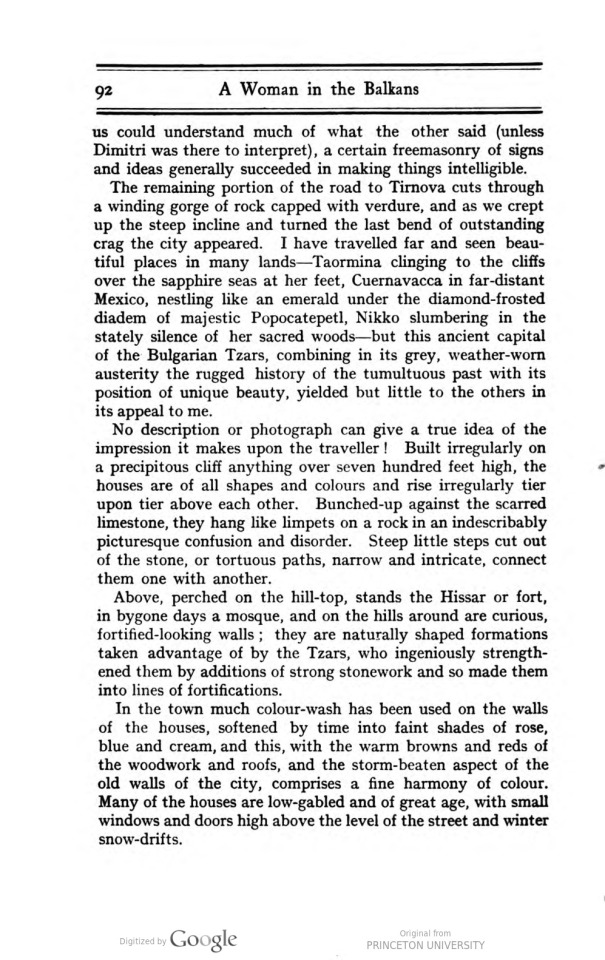#Bulgaria 🇧🇬
Explore tagged Tumblr posts
Text









" When Spring Arrives " // © Krasi Matarov
#bulgaria 🇧🇬#nature#landscape#Spring#Wildflowers#Valley#Coast#Lakes#Fields#Roses#Tulips#Geranium#Sunset#Sunrise#photography#aesthetics#wanderlust#explore#follow#discover
146 notes
·
View notes
Text
WHY AM I BEING RECOMMENDED HATSUNE MIKU ON TUMBLR??!!!
Ok, so if you know me, u know I'm a big fan of Rammstein and do NOT listen to miku
But recently (started today) Tumblr has been recommending to me a LOT of Hatsune miku stuff
The art is of miku if she was from different countries, i even saw a Bulgarian miku! The art is very good and I'm happy to see us Bulgarian people represented and our country to be remembered
But, I'm just confused, why do i have miku on my feed and not my brother? He listens to vocaloid, not me
#hatsune miku#vocaloid miku#vocaloid#whyyyy#like why#the art is so pretty#the art is beautiful#the art is gorgeous#the art is wonderful but i don't listen to miku#miku trend#miku country trend#bulgaria 🇧🇬#only in bulgaria#bulgarian#bulgaria
21 notes
·
View notes
Text
Bulgaria’s Minimum Wage: The Lowest in the EU, Yet Steady Growth Over the Last Decade - Novinite.com - Sofia News Agency
It's not the amount that counts. What counts is to be able to live on that wage where you live. Then you can gradually build up the standard of living.
0 notes
Text
The Rich, the Poor and Bulgaria! Money Really Can Buy You Happiness
— Published: December 16th, 2010 | Wednesday 16th August, 2023 | Christmas Specials | Comparing Countries
THE notion that money can't buy happiness is popular, especially among Europeans who believe that growth-oriented free-market economies have got it wrong. They drew comfort from the work of Richard Easterlin, Professor of Economics at the University of Southern California, who trawled through the data in the 1970s and observed only a loose correlation between money and happiness. Although income and well-being were closely correlated within countries, there seemed to be little relationship between the two when measured over time or between countries. This became known as the “Easterlin paradox”. Mr Easterlin suggested that well-being depended not on absolute, but on relative, income: people feel miserable not because they are poor, but because they are at the bottom of the particular pile in which they find themselves.
But more recent work—especially by Betsey Stevenson and Justin Wolfers of the University of Pennsylvania—suggests that while the evidence for a correlation between income and happiness over time remains weak, that for a correlation between countries is strong. According to Mr Wolfers, the correlation was unclear in the past because of a paucity of data. There is, he says, “a tendency to confuse absence of evidence for a proposition as evidence of its absence”.
There are now data on the effect of income on well-being almost everywhere in the world. In some countries (South Africa and Russia, for instance) the correlation is closer than in others (like Britain and Japan) but it is visible everywhere.

The variation in life satisfaction between countries is huge (see chart). Countries at the top of the league (all of them developed) score up to eight out of ten; countries at the bottom (mostly African, but with Haiti and Iraq putting in a sad, but not surprising, appearance) score as low as three.
Although richer countries are clearly happier, the correlation is not perfect, which suggests that other, presumably cultural, factors are at work. Western Europeans and North Americans bunch pretty closely together, though there are some anomalies, such as the surprisingly gloomy Portuguese. Asians tend to be somewhat less happy than their income would suggest, and Scandinavians a little more so. Hong Kong and Denmark, for instance, have similar income per person, at purchasing-power parity; but Hong Kong's average life satisfaction is 5.5 on a 10-point scale, and Denmark's is 8. Latin Americans are cheerful, the ex-Soviet Union spectacularly miserable, and the saddest place in the world, relative to its income per person, is Bulgaria.
— This article appeared in the Christmas Specials section of the print edition under the headline "The Rich, the Poor and Bulgaria"
#The Economist#The Rich | The Poor and Bulgaria#Money | Happiness#Europeans#Richard Easterlin#Professor of Economics | University of Southern California#Easterlin Paradox#Betsey Stevenson | Justin Wolfers | University of Pennsylvania#South Africa 🇿🇦 and Russia 🇷🇺#Britain 🇬🇧 | Japan 🇯🇵#Haiti 🇭🇹 Iraq 🇮🇶#Portugal 🇵🇹#Hong Kong 🇭🇰 | Denmark 🇩🇰#Ex-Soviet Union#Christmas Specials | Comparing Countries#Bulgaria 🇧🇬
1 note
·
View note
Text
+Valeri Enchev 🇧🇬
927 notes
·
View notes
Text

Darya Goncharova
162 notes
·
View notes
Text


Boryana Kaleyn (bulgaria), clubs, rhythmic gymnastics worlds, valencia 2023 (vid source)
#boryana kaleyn#clubs#bulgaria#gifs#turns#rhythmic gymnastics#2023#spins#valencia 2023#🇧🇬#fouette turns#pirouettes
4 notes
·
View notes
Text
WHEN DID THIS HAPPEN?????
youtube
WHEN WAS RAMMSTEIN ON NOVA???? YOOOOO
I'm so happy 🥹 🇧🇬🇧🇬🇧🇬
#bulgaria#rammstein#aaaaaaaaa#aaaaaa#aaaaah#i'm so happy#PROUD BULGARIAN#🇧🇬#idk what else to tag#Youtube
7 notes
·
View notes
Text

2 notes
·
View notes
Text

Yayyy, guess where I'll (hopefully) be going! 🥳
The whole trio is just *chef's kiss*.
#Ad Infinitum for the first time in Bulgaria!!!#I am really starting to feel like an OG/old fan#can't imagine what that will be like after a few years 😆 (hopefully there won't be a lot of “those” discourses...)#anyway I'm seeing them in Italy with Kamelot this year#really hope to be a part of the welcoming in my country too 🇧🇬#ad infinitum#symphonic metal#tour announcement#melissa bonny
5 notes
·
View notes
Note
ITS BULGARIA. BF GOT KILLED BY SOMEONE WITJ TJAT FLAG OR WHATEVER IN A GAME AND KEPT ASKING IF IT WAS LATVIA OR RUSSIA 😭😭😭😭 BUT IRS BULGARIA !!!!!!!! -🎀
HSDUKEUDKSDJJF HELP ME

2 notes
·
View notes
Text

Как се изсмях на това 🤣
2 notes
·
View notes
Text
Rising Housing Prices in Bulgaria: Demand Outpaces Supply - Novinite.com - Sofia News Agency
The one thing that was going very well for Bulgaria was the low cost of living. I would fight for that like a rabid dog with fleas.
0 notes
Text
Bulgarian woman 🇧🇬

#sdxl#bulgaria#bulgarian woman#България#🇧🇬#stable diffusion#stablediffusion#ai#ai generated#ai woman
2 notes
·
View notes
Text
+Valeri Enchev Bulgaria 🇧🇬
437 notes
·
View notes
Text

31 notes
·
View notes